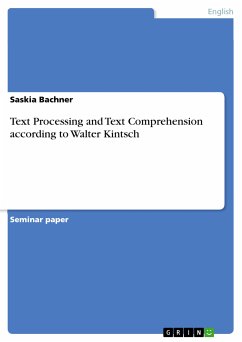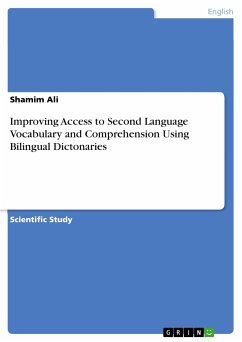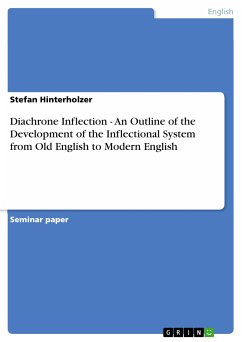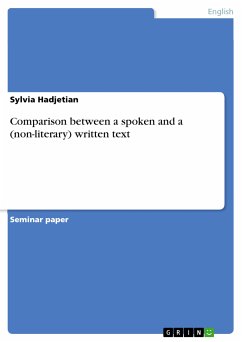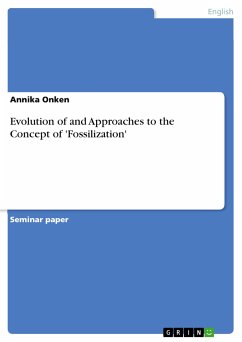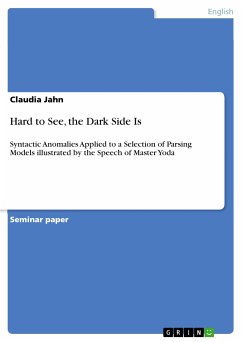Seminar paper from the year 2007 in the subject English Language and Literature Studies - Linguistics, grade: 1,3, University of Mannheim, course: Psycholinguistics, language: English, abstract: Reading is a part of our daily life. It enables us to get information, for example when we read a newspaper, or it is just for entertainment. Once we have learned to read, we are not able to stop it anymore. If we see a text, we read it automatically and know what it means. But how is it possible that we understand the meaning of a text? What is going on inside our brain while we are reading? And how are we able to remember and recall something from a text? These are central questions the text processing research concentrates on. In order to find an answer to them, researchers have different approaches. One of them is the construction-integration model by Walter Kintsch, which has its origin in several earlier models of processing. The main field of application for this model is instruction. The results of research on learning can be used to create new instruction methods, which facilitate the process of learning and advance the ability to remember what has just been learned. My term paper is going to concentrate on Kintsch’s construction-integration model and its assumptions. It is structured into two parts. The first part gives an overview of the theory. To be able to understand the model, I will initially describe its different components, namely: propositions, the text base, the situation model, and inferences (chapter 2). Then, I will briefly dwell on Kintsch’s earlier models (chapter 3). Afterwards, I will explain the model itself and give a short evaluation of it in chapter 4. The second part of the term paper consists of my imitation of an experiment on the existence of propositions, which was originally carried out by Gail McKoon and Roger Ratcliff (chapter 5).

